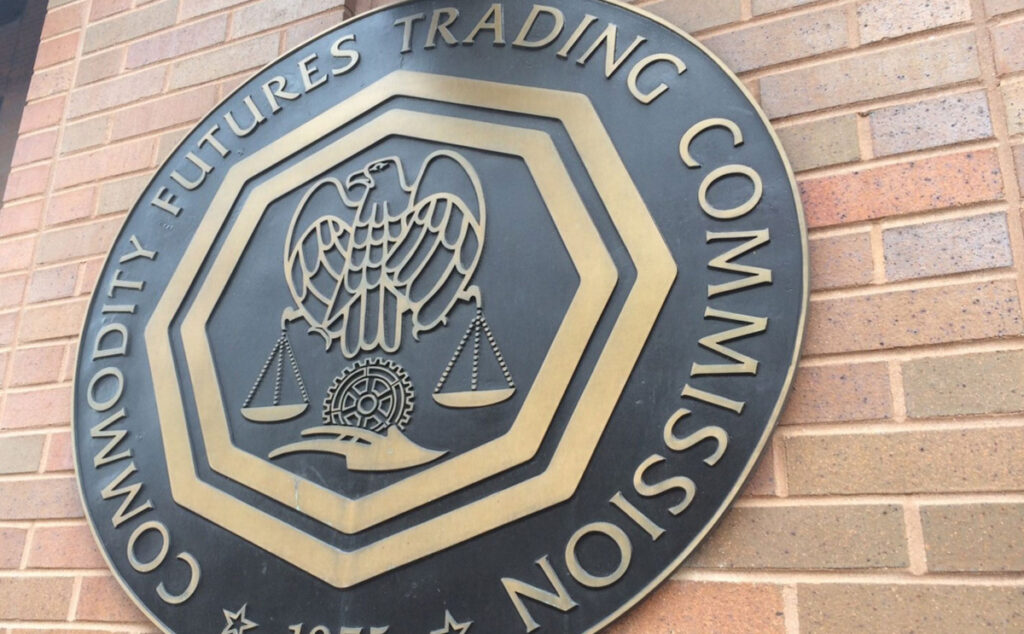Ethereum’s cryptocurrency, Ether (ETH), has experienced weaker performance compared to Bitcoin in the recent market cycle, according to analytics firm Glassnode.
In their May 7 newsletter, “The Week On-Chain,” they discussed the impact of speculators on ETH prices, highlighting the ongoing challenges facing Ethereum following Bitcoin’s block subsidy halving in April.
Post-halving, both Bitcoin and Ether saw a decline in prices.
The fall in BTC/USD was particularly significant, marking one of its largest since the FTX collapse in late 2022. Ethereum exhibited a similar trend but with less severe corrections, suggesting a level of resilience.
Glassnode noted, “For Ethereum, we can see a similar drawdown structure, with notably shallower corrections since the FTX lows.
This hits to a degree of resilience during pullbacks, as well as a net reduction in volatility across the digital asset space.”
Despite this resilience, Ethereum’s deepest drawdown this cycle reached -44%, which is over twice as severe as Bitcoin’s -21% dip.
This underperformance relative to Bitcoin over the last two years is also evident in a weakening ETH/BTC ratio.
Currently, ETH’s price drawdowns are lessening, but this offers little solace to new investors, particularly Ethereum’s short-term holders (STHs)—those who have held their coins for 155 days or less.
READ MORE: Ether Prices Drop Amid SEC Uncertainty and Technical Corrections, Despite Bullish Patterns
These investors face the possibility of falling into losses, with their aggregate cost basis hovering around $3,000, close to ETH’s current market price.
Glassnode’s analysis of the Market Value to Realized Value (MVRV) ratio, which assesses unrealized profit and loss at current prices, indicates potential panic among these new investors if prices fall further.
They stated, “Ethereum’s STH-MVRV is trading at a very slight premium at the moment, which could suggest that spot prices are very close to the cost basis of recent buyers, who may panic should the market experience downside volatility.”
The broader market is also closely watching regulatory developments in the U.S., particularly the decisions regarding the approval of spot Ether exchange-traded funds (ETFs).
Meanwhile, Ethereum’s long-term holders (LTHs) seem more patient, showing reluctance to sell despite having profitable positions.
Glassnode elaborates, “If we examine the Spent Volume in Profit for LTHs, we can see that the cohort of BTC holders who have held for between 6 months and 2 years increased their divestment during the ATH rally.
From this lens, Ethereum’s Long-Term Holders once again appear to still be waiting for better profit-taking opportunities.”
To submit a crypto press release (PR), send an email to sales@cryptointelligence.co.uk.










